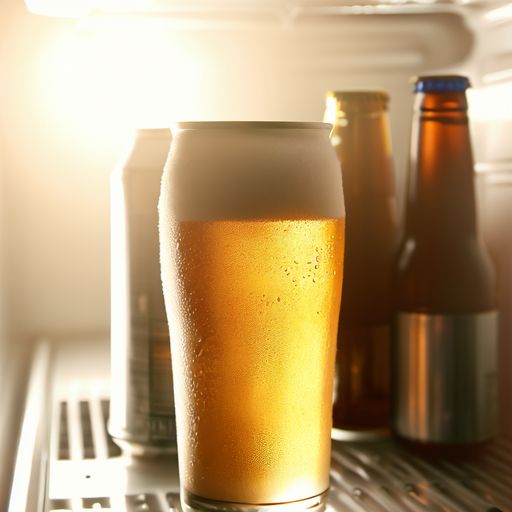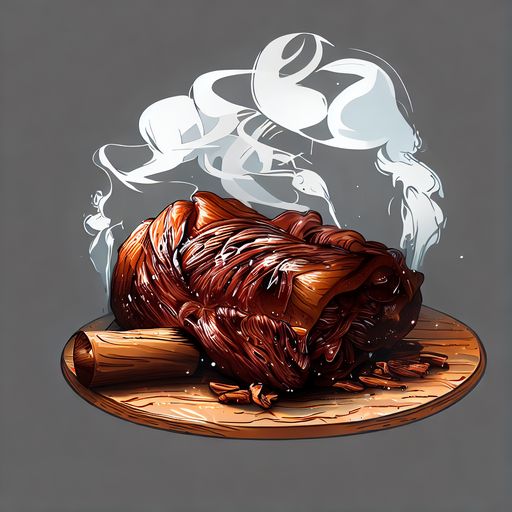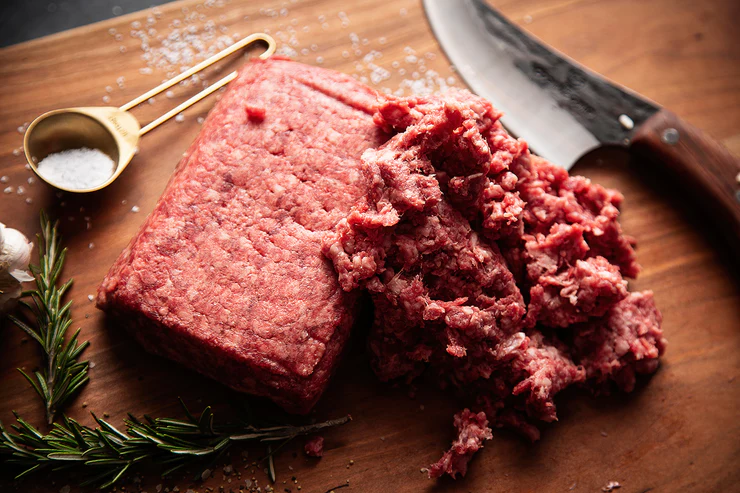What Temperature Does Beer Freeze?
There’s nothing quite like cracking open an ice-cold beer on a hot summer day. The refreshing chill rushing down your throat is one of life’s simple pleasures. But in pursuit of the coldest brew possible, many beer drinkers turn to the freezer. Sticking a six-pack in the freezer seems like a quick shortcut to frigid beer, but this common practice comes with risks. So what temperature does beer actually freeze at? And what are the implications of chilling beer this way? Let’s explore the science behind beer and freezing.
Yes, Beer Can Freeze
Before delving into precise temperatures, it’s worth confirming that beer can indeed freeze in the right conditions. With an alcohol content varying from around 4-8% ABV typically, beer is still composed mostly of water. And water will freeze once it reaches 32°F (0°C). So despite having alcohol, beer is still susceptible to freezing if cooled to the proper temperature.
There are a few factors that influence the exact temperature at which beer will freeze:
- Alcohol content – Beers with higher ABV will require lower temperatures to freeze.
- Container – Bottles vs. cans impact insulation and freezing rate.
- Storage temperature – A freezer vs. refrigerator vs. ambient temperatures greatly affects chilling speed.
So freezing points can vary somewhat depending on the beer. But there is a standard threshold to keep in mind…
The Freezing Point of Beer is Typically 27°F (-3°C)
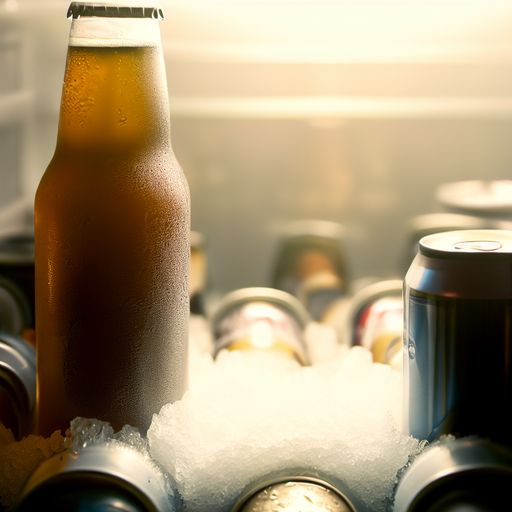
According to the experts at Anheuser-Busch, a standard domestic beer with 4-6% ABV will freeze around 27°F (-3°C). This freezing point can serve as a general guideline when exploring proper beer storage temperatures.
However, higher alcohol contents will lower the freezing point further. Here’s a reference chart of how various alcohol percentage levels impact freezing:
- 4% ABV – 27°F (-3°C)
- 5% ABV – 25°F (-4°C)
- 6% ABV – 23°F (-5°C)
- 7% ABV – 19°F (-7°C)
- 8% ABV – 16°F (-9°C)
- 9% ABV – 14°F (-10°C)
- 10%+ ABV – 12°F (-11°C) or below
So a bold, high-gravity barleywine at 10% ABV won’t freeze until around 12°F (-11°C). While a session lager at 4.5% ABV might freeze at 26°F (-3°C). This alcohol freezing point chart demonstrates the importance of considering a beer’s ABV when chilling.
Is It Safe to Freeze Your Beer?
With this knowledge of beer’s freezing points, you may be wondering if it’s safe or advisable to intentionally freeze your beer. After all, sub-zero temperatures lead to rapid chilling which enhances refreshment on a hot day. But there are some notable downsides to consider.
First, freezing can alter beer’s intended flavor profile. Most beers are crafted to taste best chilled to around 40-50°F (4-10°C). More extreme freezing temperature changes the flavors and aroma.
Second, freezing affects beer’s mouthfeel and carbonation levels. The freezing process leeches carbonation right out of the liquid. This leaves the beer flat and less refreshing.
Finally, and most importantly, freezing beer leads to safety risks from bottle damage. The water in beer expands as it freezes, increasing pressure inside the bottle. This can cause your beer bottles to crack or even explode. No one wants to deal with shattered glass and sticky explosions!
For these reasons, intentional freezing is not recommended. Store beer chilled in the refrigerator instead.
Will Beer Explode in the Freezer?
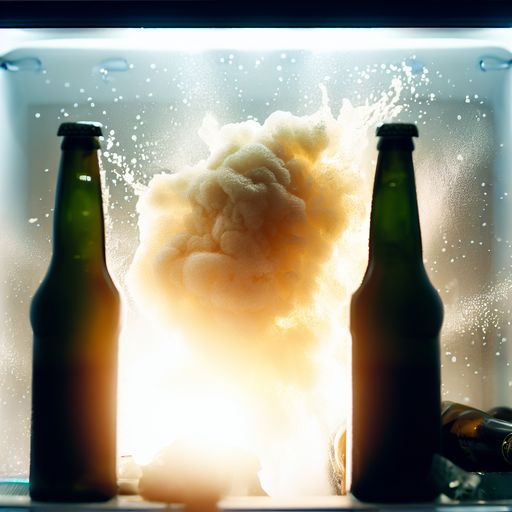
Since we’ve established that freezing beer comes with risks, you may be wondering just how dangerous it is to put beer in the freezer. As explained above, the culprit is the expansion of water as it freezes.
Beer contains over 90% water. As this water freezes and turns to ice, it expands in volume. Trapped inside a glass or aluminum bottle, this expansion leads to a rapid buildup of pressure. If the pressure exceeds the container’s capacity, your beer can literally explode in the freezer.
In addition to creating a huge mess, this can lead to physical injury from flying fragments of glass or aluminum. And even if bottles don’t rupture completely, the expansion can crack bottles and degrade their integrity. Needless to say, these risks make freezing beer a very unwise choice.
Does Freezing Change the ABV?
When beer freezes, the water component turns to ice while the alcohol remains in liquid form. This leads some drinkers to ponder: does removing the frozen water change the alcohol by volume (ABV)?
In general, even severe freezing has minimal impact on ABV levels. However, in an extreme scenario where nearly all water froze, leaving pure alcohol behind, the ABV would rise drastically.
There is an urban myth surrounding this phenomenon known as “frozen lager foam”. Supposedly, repeatedly freezing and decanting beer can remove enough water to create a super potent slushy mixture. However, most beer would spoil from excessive freezing well before reaching this “frozen foam” stage.
While an interesting concept, the reality is freezing beer typically causes negligible changes in actual alcohol levels. The transformation of water into ice affects taste and carbonation, but the ethanol remains unchanged.
The Safest Way to Chill Beer
Instead of putting beer in the freezer, focus on safer and tastier chilling methods. The gold standard for proper beer storage is the refrigerator. Ideal beer fridge temperatures are 38-42°F (3-6°C).
Avoid the risky practice of freezing. Even if bottles don’t rupture, frozen beer tastes icy and flat. For truly frosty brews, chill beer glasses ahead of time instead. Storing glasses in the freezer allows them to impart chill while avoiding alterations to the beer itself.
Another pro tip is using an ice water bath to rapidly chill bottles. Simply submerge beers in a sink or cooler of ice water for 15-30 minutes. The water transfers chill while the ice prevents dipping below freezing. This targets ideal drinking temperatures without harmful freezing.
Can Frozen Beer be Salvaged?
What if some beer bottles accidentally end up in freezer territory? Is it possible to salvage frozen brews? Much depends on the extent of freezing.
If bottles rupture or explode, use extreme caution in handling broken glass and spilled beer. Discard any unsalvageable liquid and thoroughly clean the freezer interior. Then reset to refrigerator mode before attempting to chill replacement beer.
Partially frozen or slushy beer can potentially be decanted and consumed, though taste and carbonation may suffer. Gently pour off the liquid portion and avoid agitating the frozen portion.
In a bind, some frozen beers may be usable for cooking instead of drinking. The taste impact matters less when incorporated into chilis, stews, or other dishes. Frozen beer can also be whirled into slushy mixtures akin to beer margaritas. Get creative with repurposing, but understand the compromise in original quality.
Frequently Asked Freezing Questions
To wrap up, here are answers to some common beer freezing questions:
What temperature does beer freeze?
For average strength beer of 4-6% ABV, expect freezing around 27°F (-3°C).
Does freezing ruin beer?
Freezing negatively impacts taste and carbonation. But it won’t make beer completely undrinkable.
Can you drink frozen beer?
Technically yes, but it will taste watery and lack its intended flavor.
How cold does beer need to get before freezing?
Again, approximately 27°F (-3°C) for typical beer strength. Monitor fridge temperatures.
What happens if you get beer really cold but not frozen?
Around 33-35°F (0-2°C) beer enters a super chill state but maintains liquid form. This provides enjoyable coldness without freezing issues. But it still numbs taste buds after a certain point.
Conclusion
At the end of the day, the ideal beer storage temperature hovers right at the freezing point of around 27°F (-3°C). Colder than that risks altering the beer’s quality and posing safety issues. While simply refrigerated beer provides the ultimate refreshment and flavor balance.
Consider a beer’s alcohol percentage to determine its precise freezing point. But trust that going below 27°F risks moving from refreshment into dangerous territory. Seek chill, not ice crystals, in your next frosty brew.
By understanding beer’s relationship with freezing, you can now chill, store and of course drink your beer in the most ideal way possible. So raise an ice cold one and enjoy responsibly!
